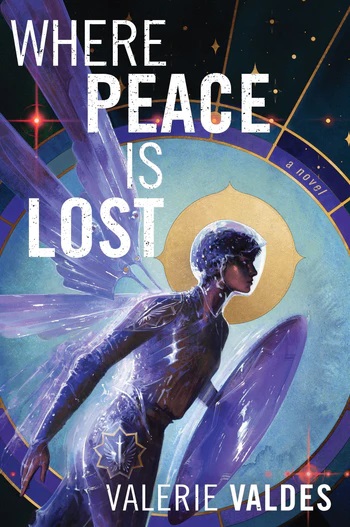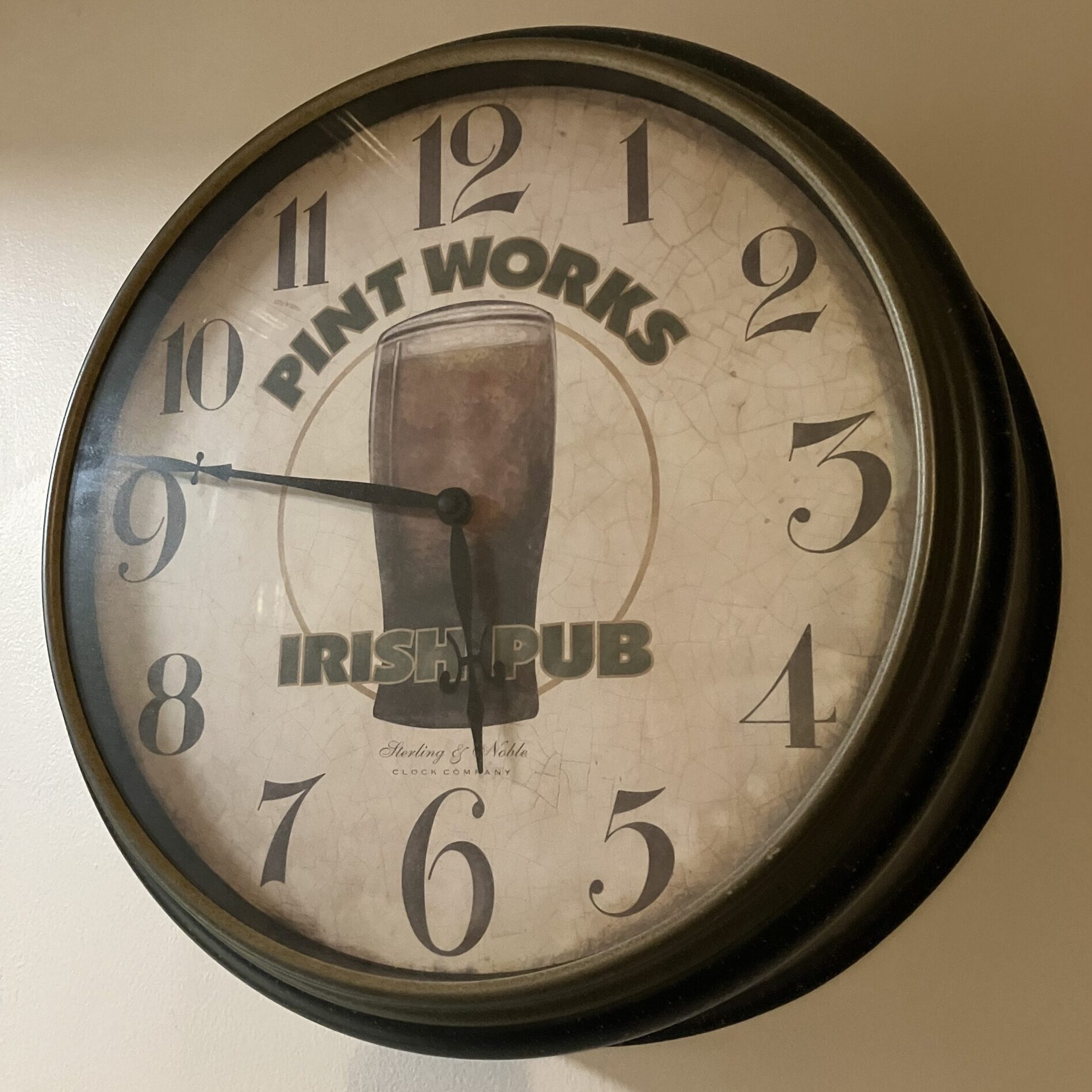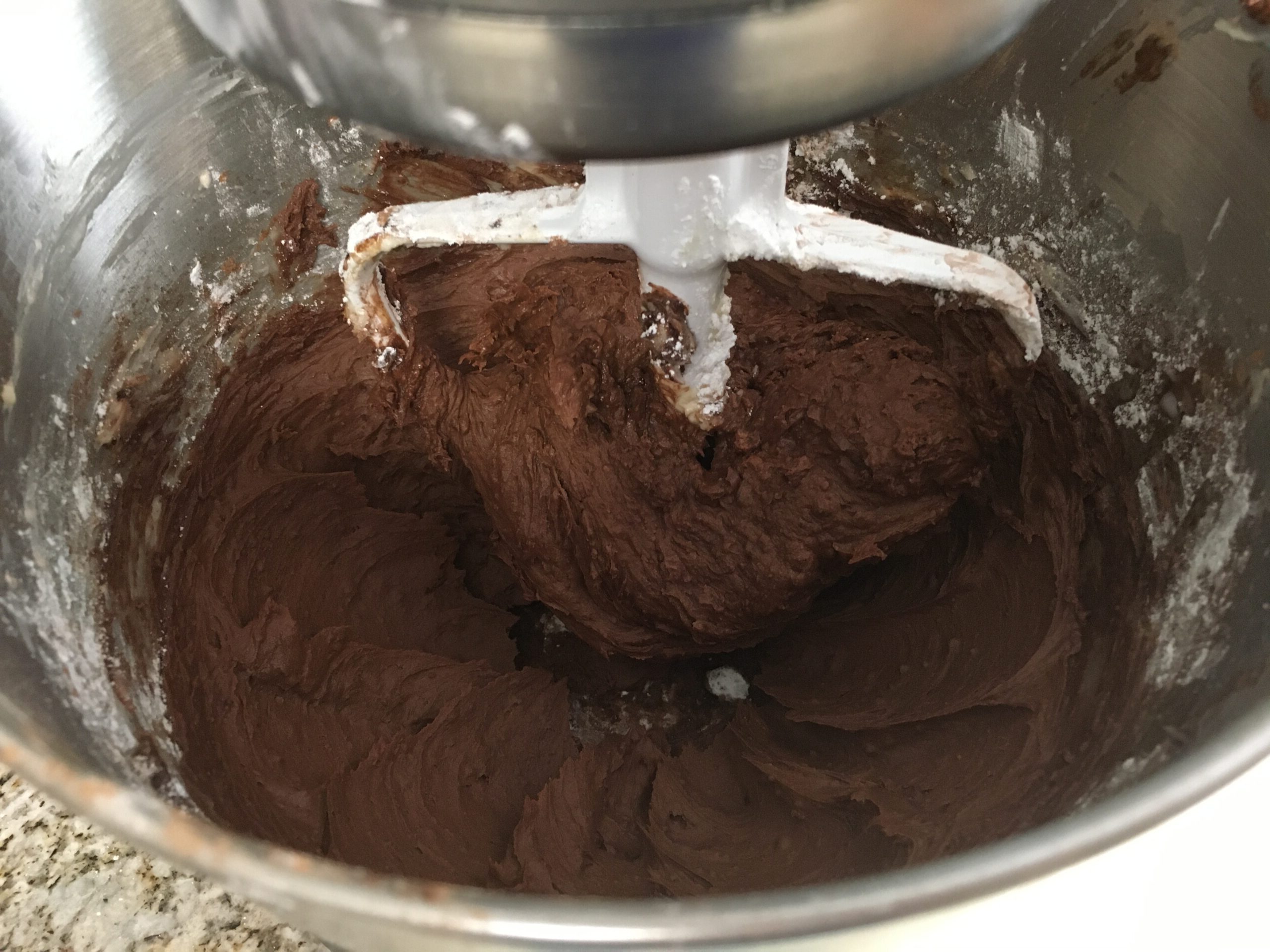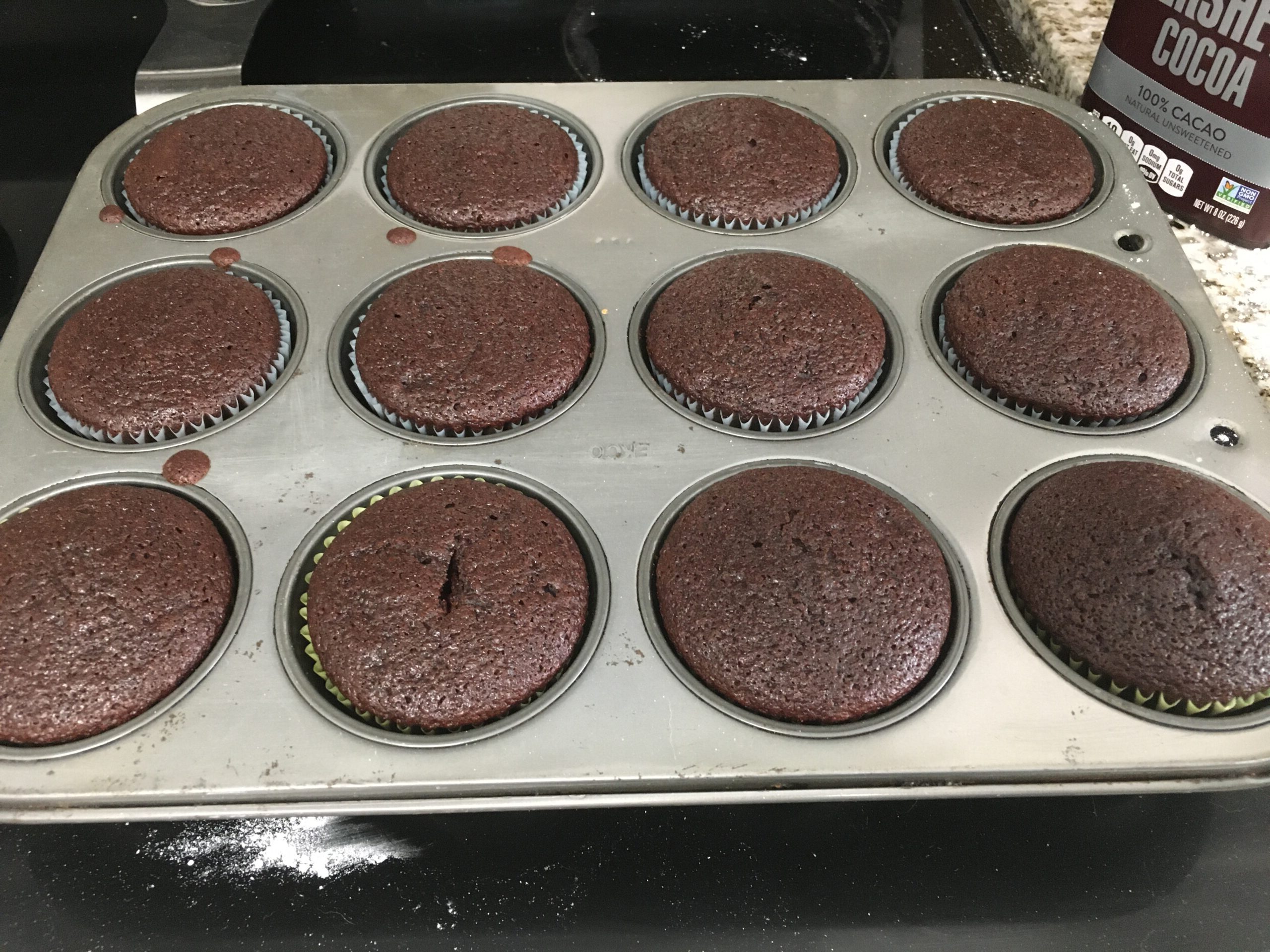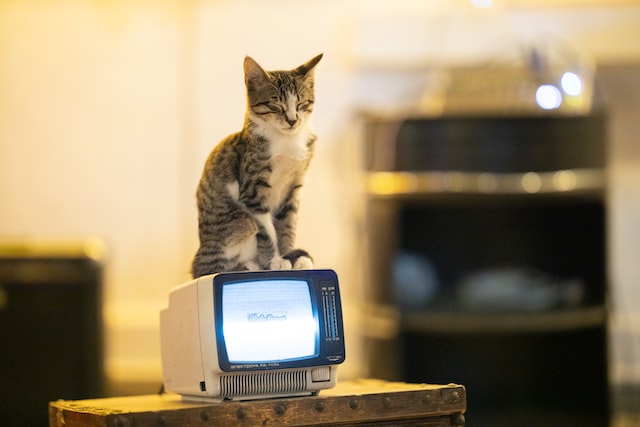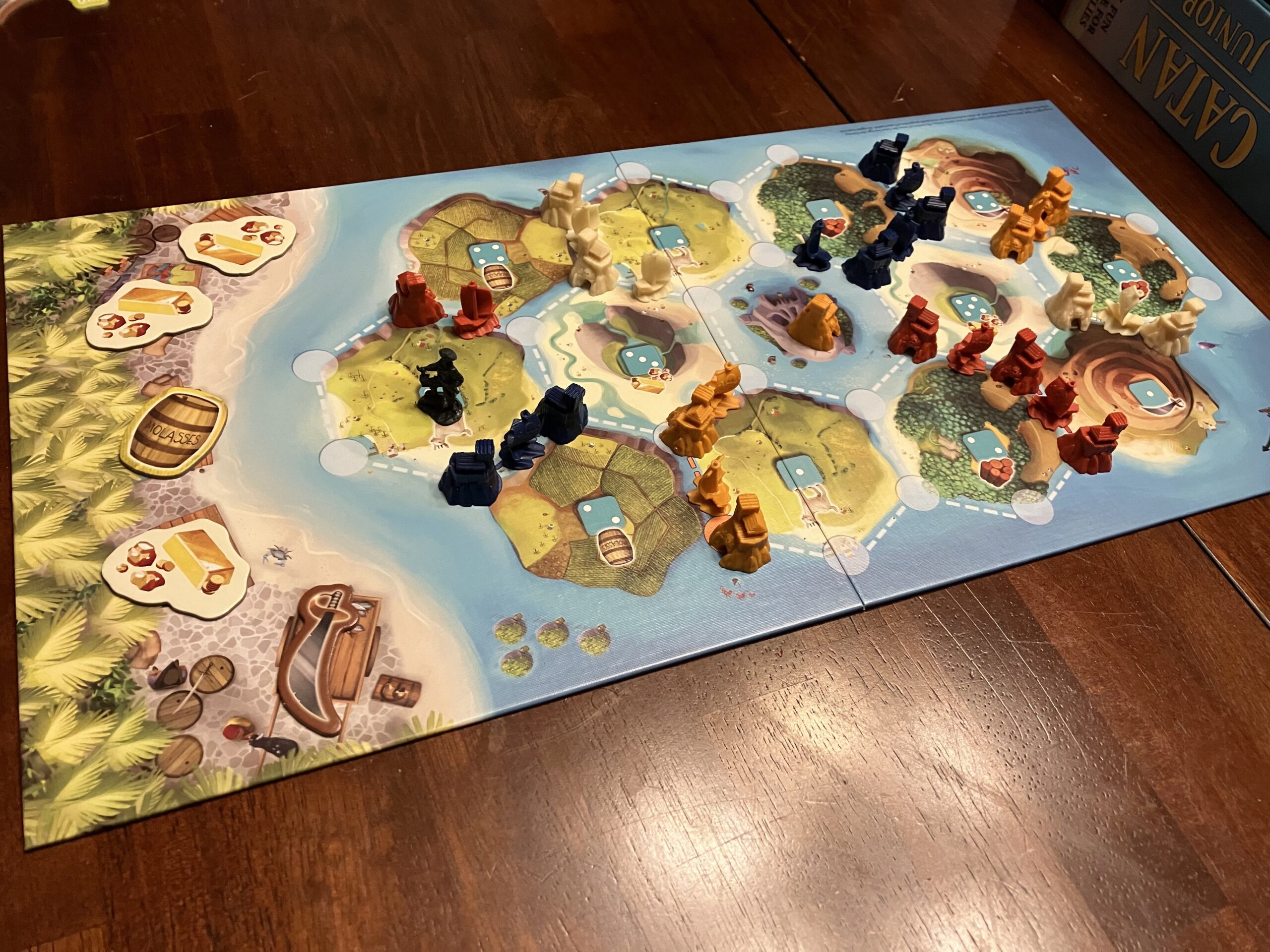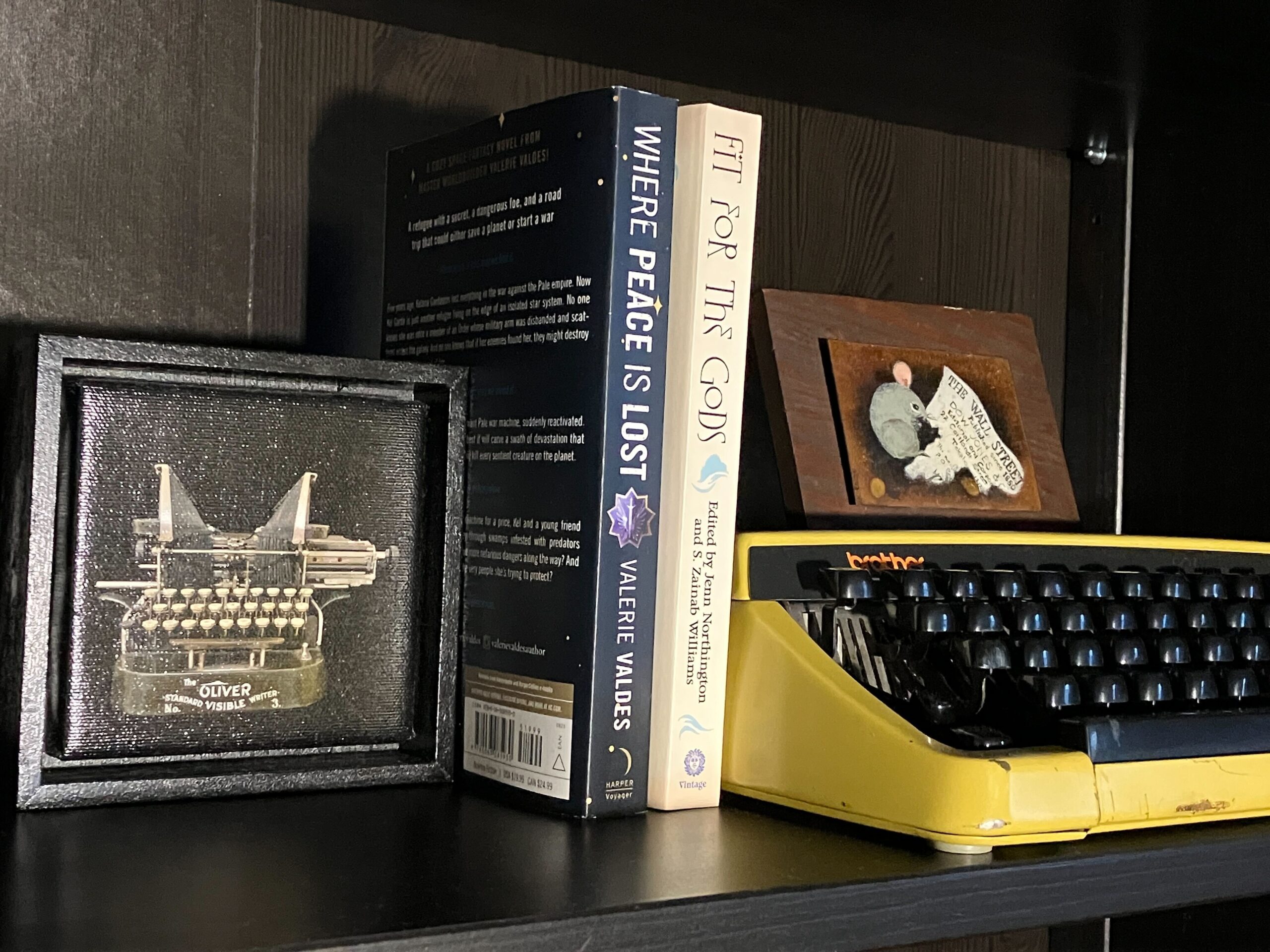
‘Tis the season for awards eligibility posts! *bangs pots and pans in the digital streets*
Awards aside, I think it’s good to reflect on the work we’ve done over the course of the year, and to take a moment to dredge up some pride from the murky depths of our impostor-syndrome-laden souls. Or maybe it’s more like canning the fruits of our labor so we can return to the sweetness during winter and drought and other metaphorical hard times.
And so, without further ado, what I’ve been up to this year!
Novel
Where Peace Is Lost (Harper Voyager) came out on August 29th, and I’m still so in love with this space fantasy. I poured a lot into it: honor and duty and justice, the price of violence, the splinters of empire and the scars of war… but also finding some small spark of redemption in positive action. I also tried, where I could, to make worldbuilding choices that leaned on, if not utopian elements, then at least aspirational ones: legal and cultural enshrinement of the rights of nature, direct democracy, prioritization of collective care and hospitality, rejection of carceral punishment, and so on.
Novella? Serial?
The Lost Caverns of Ixalan is a Magic the Gathering novella, or perhaps a serial? Is serial even a category? Either way, it was released all at once in October, and was incredibly fun to write. I started playing Magic way back when actual dinosaurs roamed the Earth, so it makes all kinds of sense for me to write a story with dinosaurs in it. I’d also read Journey to the Center of the Earth way back when I was delving into classics, and I loved the Indiana Jones films and The Mummy and other takes on exploration and archaeology, so telling a similar story let me revel in all those childhood fantasies. And again, I got to pull in a lot of feelings about the aftermath of war, a desire to reconnect with lost heritage, and the evils of colonization. Also, sentient mushrooms!
Novelette
“Atalanta Hunts the Boar” is part of the Fit for the Gods anthology of retellings of Greek mythological stories. I swapped Earth for distant planets, footraces for zipships, and gods for powerful space mafia factions. Atalanta is a character who always appealed to me because of the ways she eschewed traditional gender roles, a thing that Baby Valerie was also eager to do. And yet the story I wanted to tell didn’t focus on those transgressive bits, so much as two people deeply in love who gave up aspects of their lives to be together, and are pulled back into past problems in ways that make them worry for each other and the future of their relationship.
Short story
“In Time, a Weed May Break Stone” (Uncanny Magazine) started as a much shorter story I wrote during my time at Viable Paradise. Continuing my theme this year, it’s also about the aftermath of war–in this case, a soldier coming out of retirement to defend her village. Echoes of this story made it into Where Peace Is Lost, but I had trunked this one for years and occasionally dusted it off to wonder what else it needed to make it work. Turns out the answer was a love story with a hot doctor, an idea I shamelessly stole from my friend Jay, as well as bardic magic with a Cuban flair.
Poem
“Eroticide” (Uncanny Magazine) grew out of ruminations about the fictional Hanahaki disease, in which people who suffer from unrequited love begin to cough up petals from flowers blooming in their hearts and lungs. It’s blank verse, as many of my poems are when they’re not sonnets, because I just can’t quit iambic pentameter.
Editor/Semiprozine
Semiprozine looks like an ADHD medication to me, but it’s not! Unless it is…? I’m definitely talking about my work for Escape Pod, though. Mur Lafferty and I, along with our amazing team of editors and audio producers and hosts and narrators, bust our figurative butts to bring awesome stories to listeners and readers every week. There’s nothing quite like the thrill of pulling a great story from the slush pile and guiding it along the path to becoming an excellent episode.
That’s it for me this year! I’ve already got a few things pending for next year, including another story for Uncanny Magazine as well as one for the Worldbuilding for Masochists anthology, so stay tuned. And in case this is my last post of the year, I hope the new one is good for all of us.

